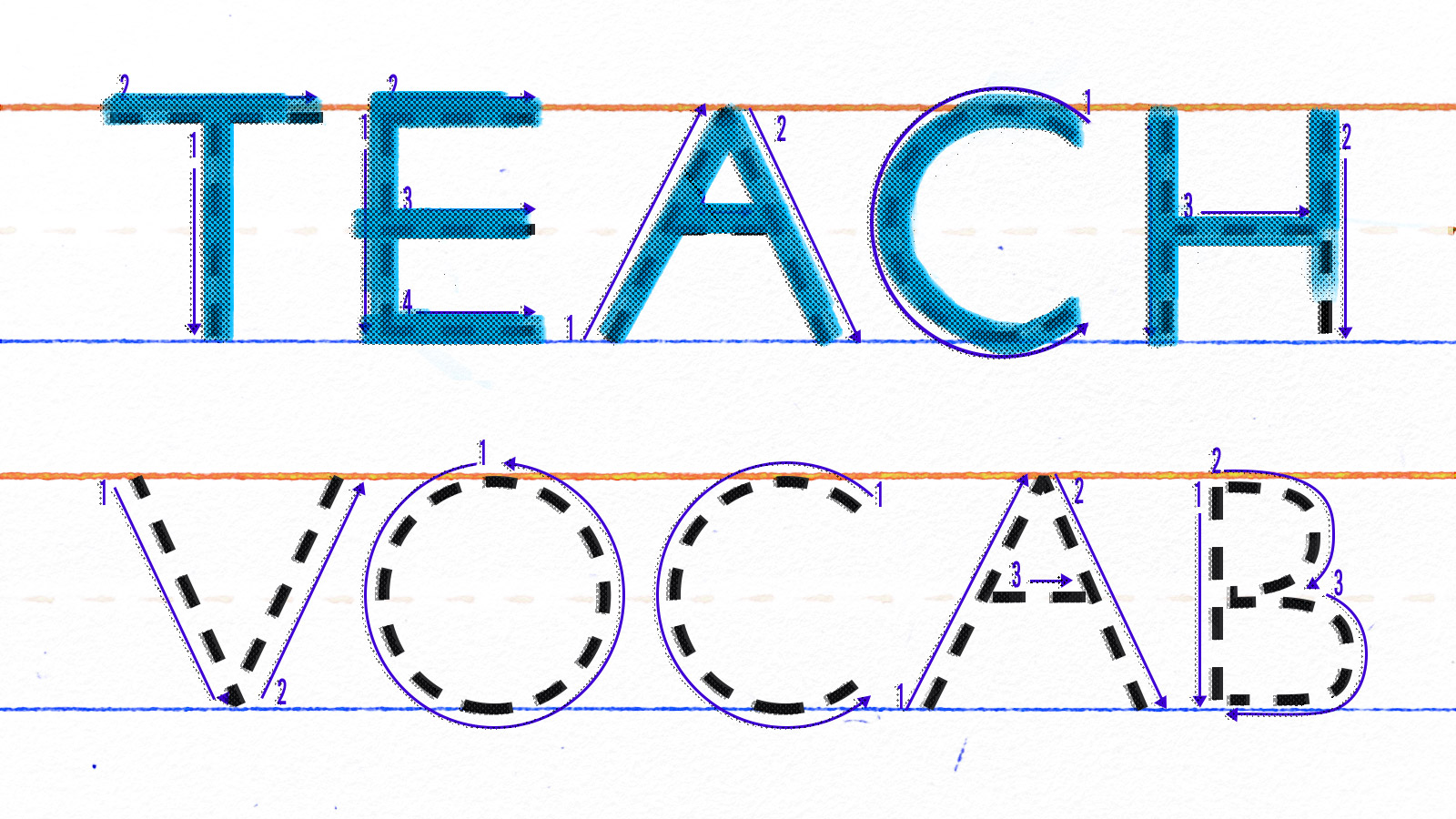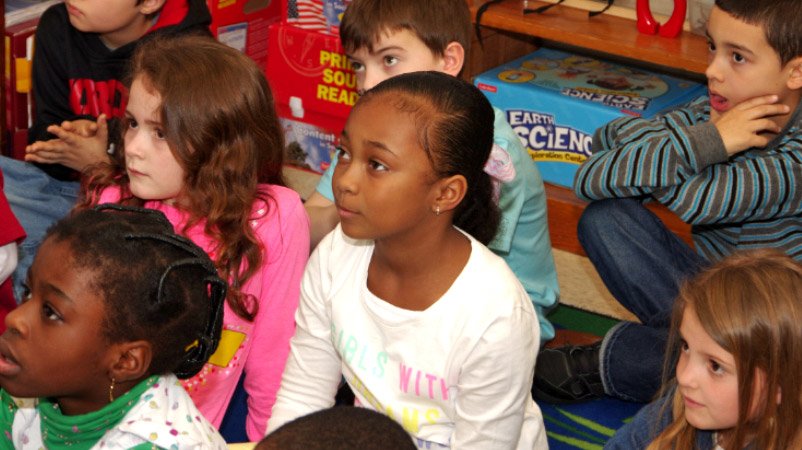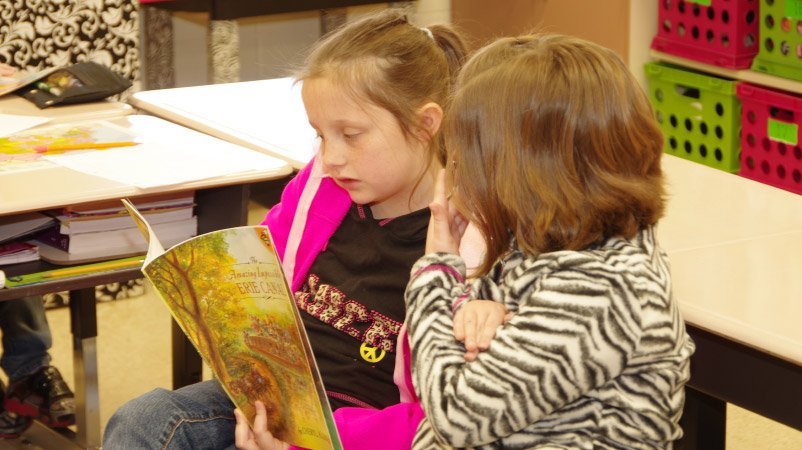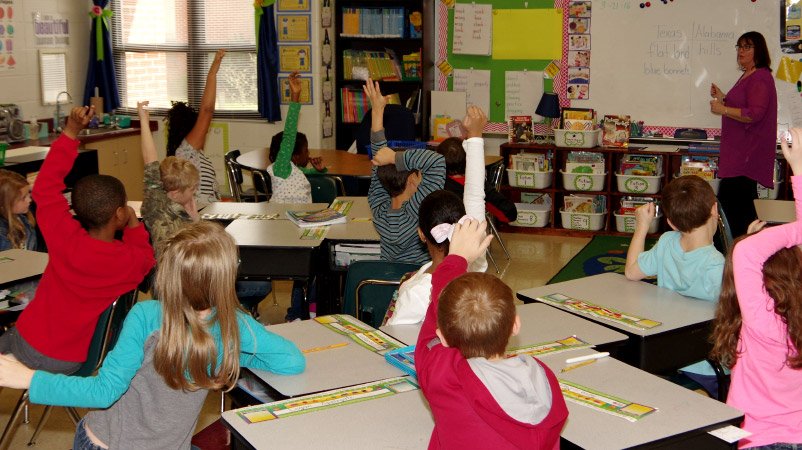
Students are required to learn several hundred new words each year. As a classroom teacher, how do you make that vocabulary stick in their brains?
The key is to think like an English language instructor and provide multiple opportunities to practice the same vocabulary using the four domains of English in meaningful activities.
Subscribe to the blog to get more articles like this one sent to your inbox each week.
The Four Language Domains
As you may remember from your foreign language classes in high school, it was often easier to identify a new word than to say it correctly or write it in a sentence. Learning the vocabulary of social studies can be like learning a foreign language for many students. This is because the language they are learning is more abstract and they do not have prior knowledge of the topic. This article will provide a brief description of the domains of language and suggest activities that incorporate one or more of those domains.

1) Listening
The listening aspect of language refers to the systems involved with hearing, understanding, and retaining words in our memory. The initial exposure that a classroom teacher provides to new vocabulary words is essential. Connecting the vocabulary to context is key—students need to associate that word with something that they have prior knowledge of, or a familiar concept they can connect to. However, we shouldn’t stop there. It’s not enough to hear the word and have a vague sense of what it means. Students need to practice listening for it in a variety of settings.
Suggested activities
You can add vocabulary to activities that promote listening to give students an opportunity to hear and contextualize vocabulary at the sentence level. These activities are especially helpful for this:
- Dramatic reenactments
- Question-and-answer activities
- Debates
2) Speaking
The speaking domain of language refers to the student’s ability to say the word in a sentence with the correct pronunciation, grammar, and related words. There are parts of the brain that connect our memory of words with the motor system that helps us to speak words in sentences. It is important that this modality be emphasized, as language skills such as listening and speaking form the foundation for literacy. Listening and speaking should be practiced as much, if not more, than reading and writing the vocabulary.
Suggested activities
Using the vocabulary in interactive social activities such as the ones listed below are a powerful way to help students verbalize the new language they are learning:
- Interviews, debates
- Dramatic reenactments
- Student-written newscasts or podcasts

3) Reading
When a student is reading a word, they are accessing the parts of the brain responsible for decoding words and comprehension, which are the same aspects of the brain used for listening skills. In addition, the visual centers are also being tapped for this skill. Reading is a complex, learned process, and students will show up in your classroom with varying decoding, fluency, and comprehension levels. It is important to help them connect to the vocabulary in written form through engaging activities that keep their interest and motivation.
Suggested activities
The activities listed below require students to read for information about a specific topic, which will expose them to the vocabulary used in a variety of sources:
- Researching for debates
- Interviews
- Newscasts
- Dramatic reenactments or plays
4) Writing
If you thought reading was a complex task for the brain, writing is just as complex, if not more so. It requires the student to access the vocabulary and grammar rules in our linguistic memory, organize that according to grammar and spelling rules, and coordinate the fine motor movements required to create letters on the page (or type). You have may have heard once that a student needs to write a definition of a word 50 times to help them remember it. This may be true, but why not try something more engaging and fun that they will truly remember?
Suggested activities
The activities below require students to create drafts, revise, and edit their work for a product that you can easily customize to fit your curriculum:
- Creating scripts for dramatic reenactments
- Writing a newscast or podcast
- Captioning a story that represents an event in the historical period they are studying
How Does This Fit into the Curriculum?
As you can see with the activities listed above, there are many repetitions of the same ones for each domain. Dramatic reenactments or short plays/skits are some of the most effective ways to engage all types of learners in using all of the language skills needed to truly learn vocabulary. Students will need to read the script or write it and make revisions, requiring them to understand how the words are used in written form. They will need to listen to each other as they say their lines and respond accordingly. In addition, they will need to pronounce and use the words correctly within the sentence. Selecting one or two key activities that incorporate all four modalities maximizes the amount of practice in one activity. For additional activities, see my webinar, “Build Vocabulary with Retention-Boosting Activities.”
All of these activities can most likely be integrated into what you are already doing in the classroom. Consider providing options for the different types of activities students can do to show their understanding and expression of the vocabulary for different units. This will help to empower them and take ownership of the learning process.
Explore digital social studies activities that utilize reading, writing, speaking, and listening in Active Classroom
Susan McDonald, M.S., CCC-SLP, is a speech-language pathologist with 18 years of experience in education and English language teaching. She currently serves as Department Chair and faculty for the Speech-Language Pathology Assistant Program at Cerritos College in Norwalk, California.


